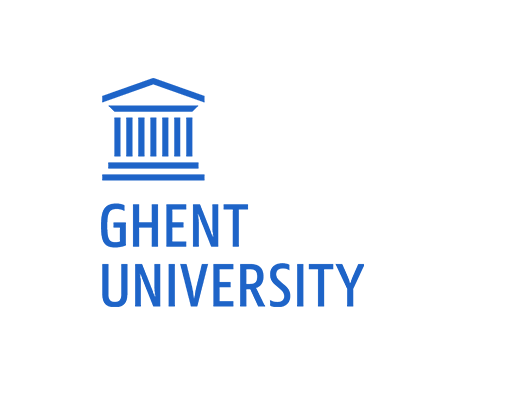Stagnatie en groei van een plattelandskern in de Midden Atlas van Marokko: Een macro-perspectief
- Bernhard Venema (Vakgroep Culturele Antropologie en Sociologie van de Niet-Westerse Samenlevingen Vrije Universiteit Amsterdam)
Abstract
This article describes the backgrounds of stagnation and growth of the rural centre Azrou in Morocco. Before the Protectorate (1912) this centre was the most important market-place for the Beni Mguild cattle-holders. Although it was connected with the international trading route between Tanger, Fez/Meknes and Tafilalt, it remained a secondary trading centre because in the Middle Atlas the central government was not always able to guarantee safe passage of the caravans. At the turn of last century, the growth of Azrou stagnated because trading and manufacturing became concentrated in the cities along the Atlantic coast.
Since the Protectorate, Azrou developed into an important rural centre due to the development of the primary sector and trade. This was encouraged by the 'pacification ' of the Middle Atlas, the colonization of part of the area and the foundation of several public and semi-public institutions. Azrou's growth continued in the post-colonial period with a spectacular rate just after independence because the new government admitted free circulation of men. From the new possibilities, migrants from the south (Ait Gheriss) and from the north (Riffis) profited most and the Beni Guild the least.
K E Y W O R D S : development of rural centres, migration, North Africa.
How to Cite:
Venema, B., (1993) “Stagnatie en groei van een plattelandskern in de Midden Atlas van Marokko: Een macro-perspectief”, Afrika Focus 9(3-4). doi: https://doi.org/10.21825/af.v9i3-4.5772
Downloads:
Download PDF
View PDF
